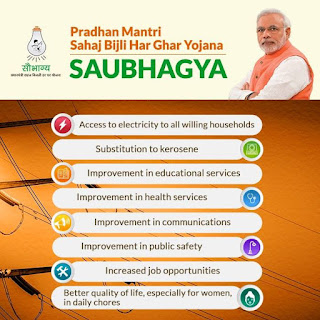Mutual Funds : Types of Mutual Funds

In our last post we introduced Mutual Funds and some of their details. In this post we will discuss more about mutual fund, like types of mutual funds and taxation on them. Major problem which retail investor face is choosing the fund. There are lots of options available. In this post we will try to explain different types of funds which are available in the market. Mutual funds are pool of money collected from various investors. This pool of money is invested in various bonds, equities, securities and so on by fund managers of asset management companies. Mutual fund categorization is based on the type of investment made by this pool of money. This categorization helps user to identify the funds based on time and returns expectations. Mutual Fund Categorization Mutual funds are classified in a variety of ways. These categorization depends on various factors like time of closure, asset class and so on. The first category of funds based on time of closure. Thes






